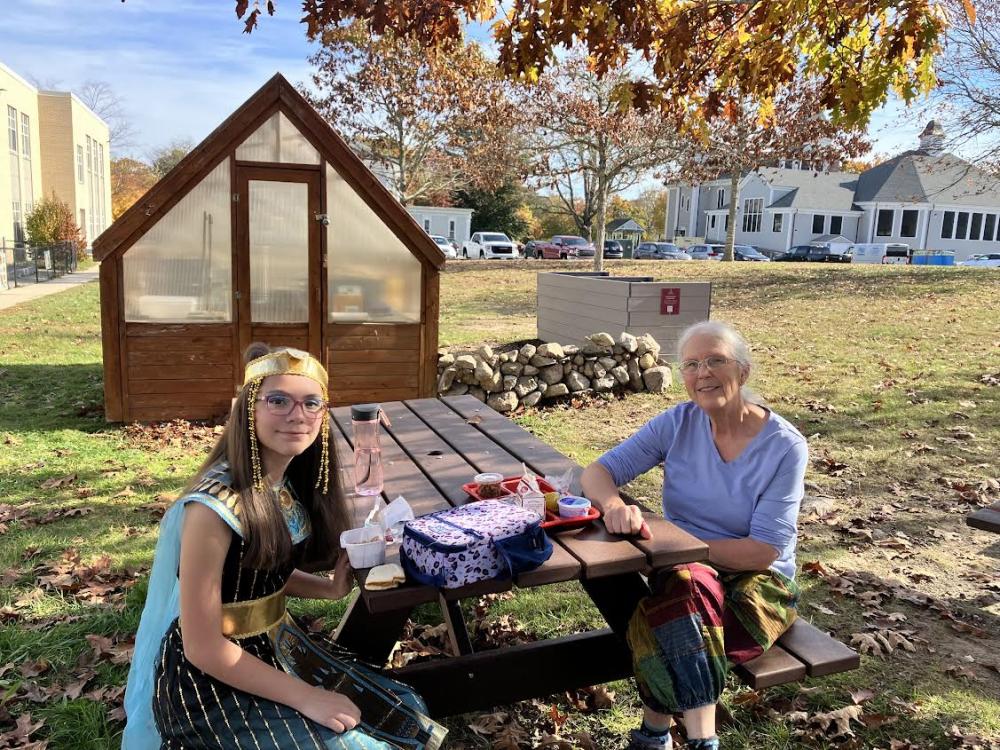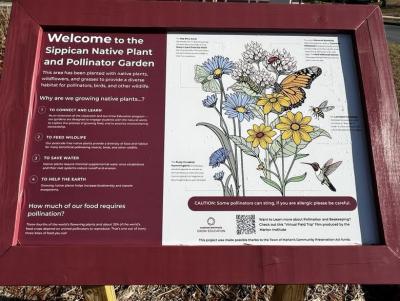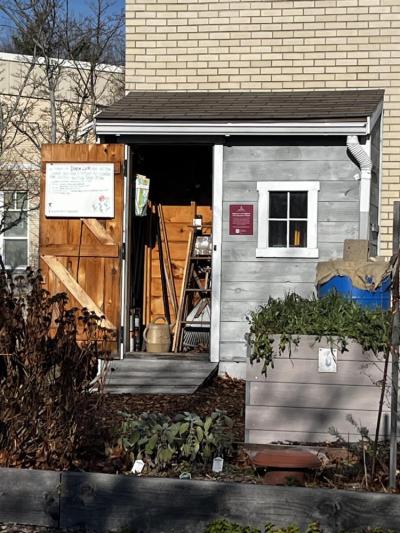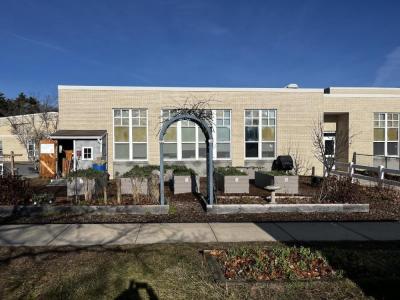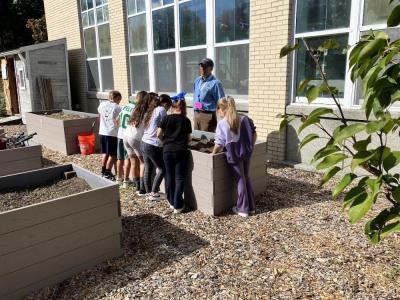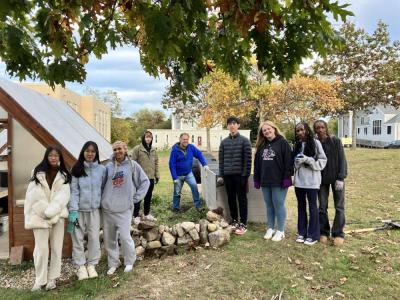FoodCorps Brings sustainable gardening to Sippican Elementary School
The Sippican Elementary School Farm-to-School Program continues to thrive two years after federal agriculture grant funds were used to institute the initiative designed to teach children the fundamentals of good nutrition — from cultivating seeds to harvesting fresh crops.
Paul Costa, a FoodCorps and Marion Institute member, known as “Farmer Paul,” said the two organizations partnered to create the Grow Education Garden at schools to “build outdoor garden classrooms and deliver student lessons on plant lifecycles, food nutrition and the environment.
“We teach the children how to garden and cook,” Costa said. “We educate them on where their food comes from.”
The greater goal of the program is to expose youngsters to the concept of sustainability and the part it plays in good nutrition throughout adulthood. Costa explained that the decline of farms and fresh food began in the 1970s with the advent of frozen food, which was introduced to the public by giant conglomerates who ultimately overshadowed the basics of people growing and eating their own food.
“In our generation, our grandparents had to grow their own ‘victory gardens’ during the war.”
Resources during the two world wars were directed at supporting fighting troops overseas, leaving those at home to rely on their own creativity to sustain households, making gardening essential.
“We’re slowly getting back to sustainable farming,” Costa said.
For the most successful results in gardening, Costa stressed the importance of rotating crops. By doing so, each type of plant spreads its own unique nutrients, which create an especially fertile soil for abundant growth.
The youngsters get their hands in the soil and plant both vegetable and flower seeds. This year, the garden featured tomatoes, potatoes, peas, green beans, kale, and squash, as well as herbs, including the perennial mint, with its fragrant leaves still popping-up on an unseasonable warm December day. One raised bed contains garlic bulbs planted recently and loosely covered with hay for protection from wildlife and the elements.
The best part of the growing operation, Costa noted, is eating the produce. Cafeteria staff also get involved by preparing and serving the students their own vegetables.
He also said the Sippican Elementary School Garden has become a growing entity that is the focus of various community service organization projects. New features are continually added to improve the experience for everyone involved.
What began with just several in-ground beds has evolved into a small growing compound punctuated by seven raised beds, in-ground flower beds, a shed, greenhouse, compost pile and a new wildflower garden planted atop the small hill overlooking the back of the school doing double-duty as flood control from run-off that pours downhill toward the building, Costa said.



